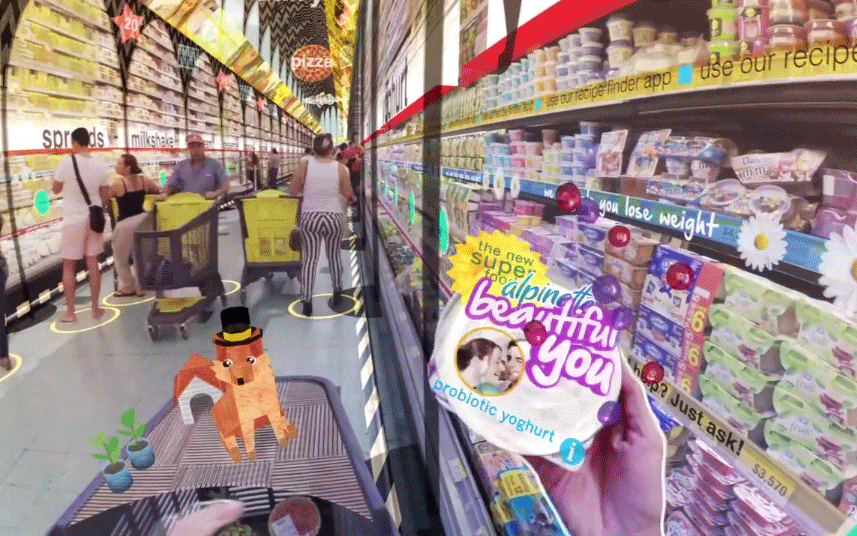 EMERGING TECH
EMERGING TECH
 EMERGING TECH
EMERGING TECH
 EMERGING TECH
EMERGING TECH
Mixed-reality sensor and peripherals maker Leap Motion Inc. signaled its intention to expand its efforts in the virtual and augmented reality industry with the announcement today of a London-based design research studio.
A spokesperson for the company added that the new London office would be led by visionary AR/VR filmmaker Keiichi Matsuda, who will also join the company to become vice president of design and act as global creative director.
Leap Motion is best-known for its foray into AR and VR with the creation of the Leap Motion controller and the development of hand-tracking software designed to capture hand and figure movement. When interacting in AR and VR, users experience an alternate reality where interaction with real and virtual objects becomes blurred. As a result, natural movements with hands and fingers become an important part of interface design.
The company’s U.K. studio would be the first step in staying ahead of the rapidly evolving marketplace for augmented reality use and the expected proliferation of upcoming devices that would make mass market use of AR easier.
In July, Leap Motion raised $50 million to continue its research into sensor technology and better user interfaces for AR and VR applications. Also this year, Leap Motion teamed up with mobile chip maker Qualcomm Technologies Inc. on firmware changes to the company’s upcoming chips to enable better tracking for mobile AR/VR application support and design.
“Virtual and augmented reality are at a critical point in their evolution,” said Michael Buckwald, Leap Motion’s chief executive. “With the rapid adoption of VR/AR over the next few years within industries, and integration into how we live, work and play, it is essential that we lay the groundwork for a magical user experience through a unified design philosophy.”
According to a market analysis report from Digi-Capital LLC, the AR/VR worldwide market could reach $108 billion by 2021. The market for AR – which would benefit most greatly from design understanding for hand tracking — would represent the lion’s share at $83 billion and is currently being driven by the release of Google ARCore for Android and Apple ARKit for iOS.
Already, the potential for AR has been revealed through the popularity of the Pokemon Go game, which is still going strong and adding new features and functionality. Most AR happens on smartphones acting as windows into the “alternate reality” of augmented reality, though there’s also the promise of the Microsoft HoloLens and efforts to make cheap AR glasses such as the Aryzon AR headset and the Mira Prism.
“We can’t predict what everyday life will look like in the future,” Matsuda said. “What we do know is that technology will completely transform the world.”
In speaking to how AR might be used and change the way people interact with the world, Matsuda alluded to his film work that provides a context to how “holographic” effects augmenting vision might affect human experience. In his 2016 short film “Hyper-Reality,” Matsuda portrayed the plight of a young woman surrounded and harassed by an overwhelming cavalcade of augmented reality effects.
No doubt, some design principals of augmented reality might be to provide simple and clean controls to user interfaces that allow users to pare down their experience. In a world where augmented reality can be used for always-on advertisement and entertainment, it would be a poor design choice to have that compete with safety information, such as boundary warnings for a busy street or an augmented reality crosswalk indicator.
“It is our responsibility to find a path through the dangers and challenges ahead, and construct a positive and inclusive vision of a world that we want to live in,” Matsuda said. “I want to bring my experience in design and world-building to bring about this change.”
THANK YOU